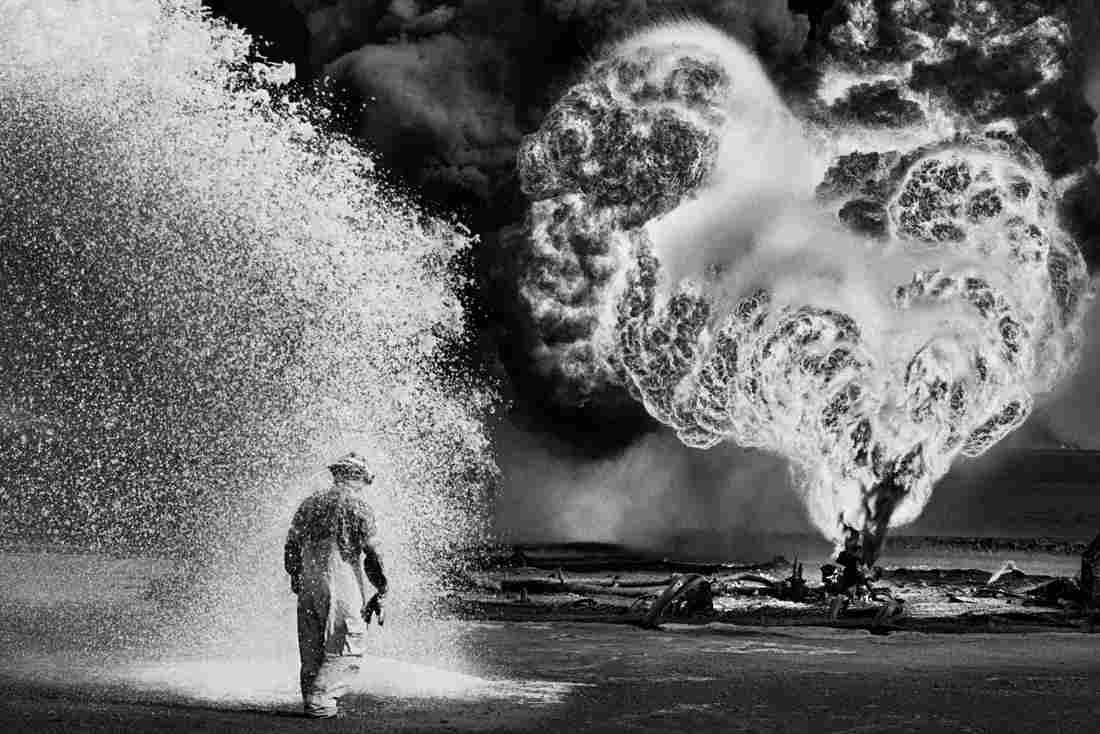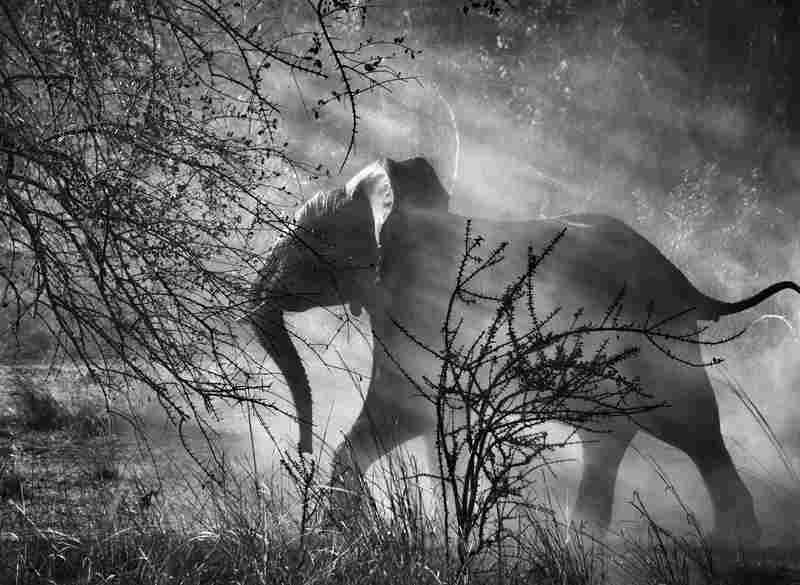The Salt of the Earth, a documentary about famed photographer Sebastiao Salgado, ends with tranquil images of his family farm in Brazil, a leafy earthly paradise restored from the ravages of severe drought. That's where Salgado went to recover from his experiences in war-torn Rwanda, and, perhaps, a life spent bringing back pictures of the self-inflicted horrors of mankind: genocide, drought, famine and the unspeakable suffering they bring to those caught in their wake.
Now 71 years old, the Franco-Brazilian photographer has roamed jungles, deserts, ravaged cities and fiery battle zones, where he used a knack for rapport with his subjects to create in-depth visual essays on how they try to survive under impossible conditions. Until he could bear it no longer, Salgado documented the cumulative miseries of global displacement following civil and foreign wars that devastated nations in Europe, Africa, and the Middle East.
Emaciated refugees lining up for food or trudging past piles of bodies abandoned or shoveled en masse into makeshift pits. Traumatized Bosnian women, children and old men packed into trucks, minus their murdered menfolk. It's the stuff of the nightly news, but Salgado's black-and-silvery photographs are also impeccably composed art objects, his signature lowering clouds adding to their melodramatic beauty. In one of his best-known images, thousands of Brazilians from all walks of life scurry half-naked up and down a vast quarry, shoving one another aside as they prospect for gold.
via A Photographer's Eye For Tragedy And Hope In ‘Salt Of The Earth' : NPR.


